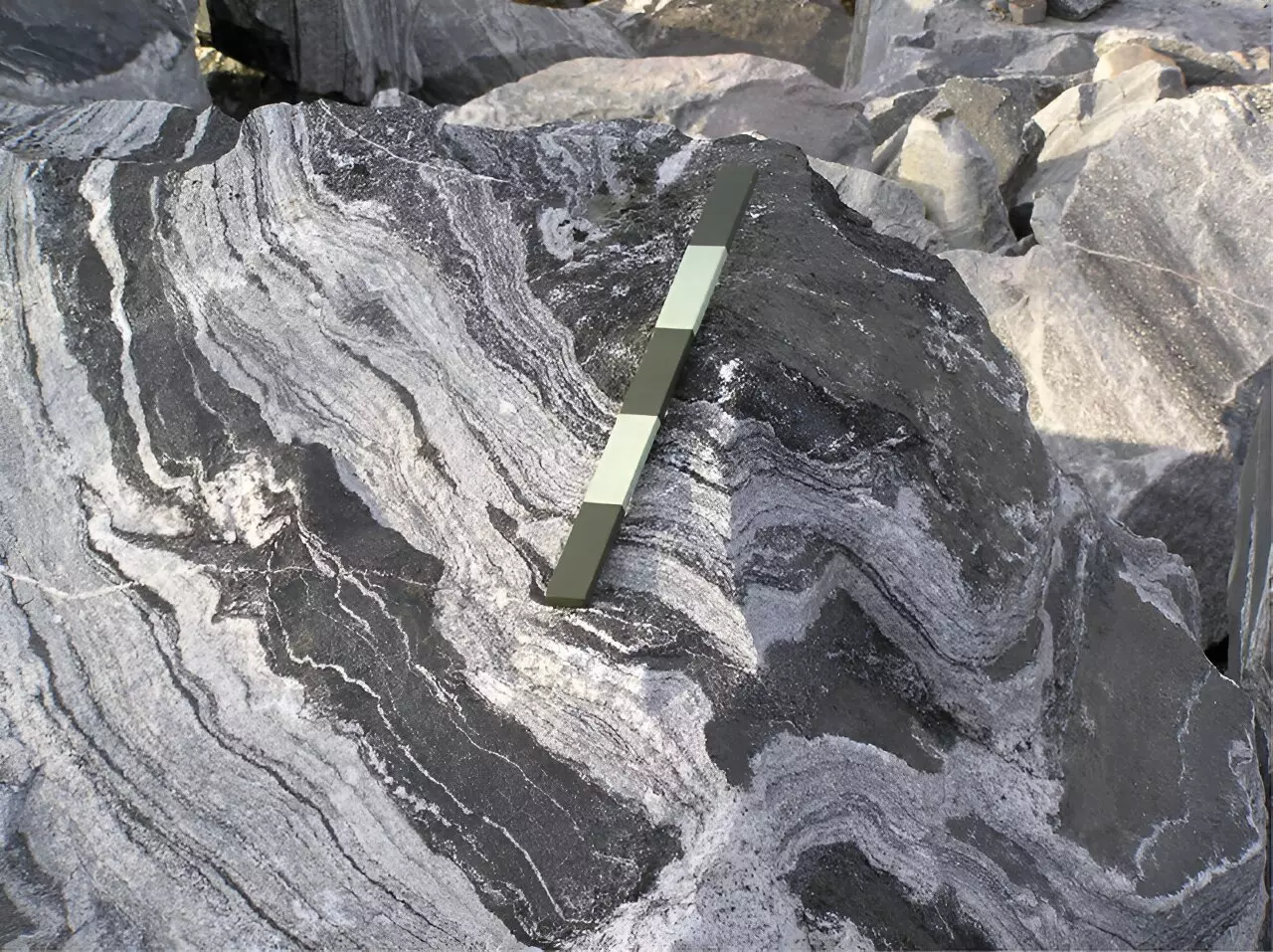Geoscientists have made a groundbreaking discovery that offers a fresh perspective on how continents developed. Unlike previous theories that relied on external factors or plate tectonics, this revised origin story focuses on internal geological forces within oceanic plateaus. The findings, published in Nature Communications, shed light on the complex process of crust formation during the Archean Eon, a period that spans from 4 billion to 2.5 billion years ago.
One of the key challenges in understanding the formation of continents during the Archean Eon has been identifying the building blocks of Earth’s early crust. Researchers have long been intrigued by a unique association of three types of granitoid rocks known as tonalite, trondhjemite, and granodiorite (TTG). These rocks played a significant role in shaping the continents, but the processes involved in their formation remained elusive due to the complex geological transformations that occurred over millions of years.
To unravel the mysteries of TTG formation, Dr. Matthijs Smit and his team from the University of British Columbia’s Department of Earth, Ocean and Atmospheric Sciences focused on trace elements that preserve the original signatures of magmas. By analyzing these elements, the researchers were able to trace the chemical changes that TTG magmas undergo and connect them to their initial state and source, which is likely a type of rock called gabbro.
Interestingly, gabbro—a variety of rock that many people have in their kitchen countertops—played a significant role in the creation of modern continents. The Archean TTG crust, comprising TTGs and their more evolved granite counterparts, still forms a significant part of the continents today, particularly in North America. It stretches from the Cordillera mountain belt in the west to the Grenville and Appalachian mountain belts in the east, encompassing regions like Ontario, Quebec, Manitoba, Saskatchewan, Northwest Territories, and Nunavut.
The new model proposed by the UBC researchers challenges the long-standing theory that Archean TTGs were formed through subduction zones, marking the beginning of plate tectonics. Instead, they propose an “intra-crustal” mechanism in which TTGs were formed through the slow burial, thickening, and melting of precursor crust resembling oceanic plateaus. This mechanism explains the combination of rocks found in the Archean crust and provides insight into the pattern of continental growth.
According to Dr. Smit, the continental crust developed the way it did because it continuously underwent burial and the rocks at its base had no choice but to melt. This process resulted in the formation of TTGs, which proved to be a winning recipe for the survival and growth of continents.
The new findings challenge the longstanding “chicken-and-egg” question of whether plate tectonics or TTG magmatism came first. Dr. Smit and his team demonstrate that these two phenomena may not be directly related. By identifying the type of source rock involved in TTG formation, the researchers eliminate the need for other mechanisms, such as meteorite impacts, to explain the emergence of the first continents.
To support their hypothesis, Dr. Smit and his team analyzed data from TTG samples gathered over the past 30 years from Archean cratonic fragments worldwide. This extensive dataset allowed the researchers to filter out local anomalies and analytical issues and reveal the underlying composition trends captured by the rocks. The study benefited from the availability of a vast volume of data through the open-source Geochemistry of Rocks of the Oceans and Continents data repository.
The discovery of an internal mechanism for TTG formation represents a significant leap forward in our understanding of how continents developed. By focusing on the geological forces within oceanic plateaus and the melting of precursor crust, geoscientists have unveiled a new origin story that challenges previous theories reliant on external factors and plate tectonics. This exciting breakthrough sheds light on the complex processes that shaped our planet billions of years ago and provides valuable insights into the growth and evolution of continents.



Leave a Reply